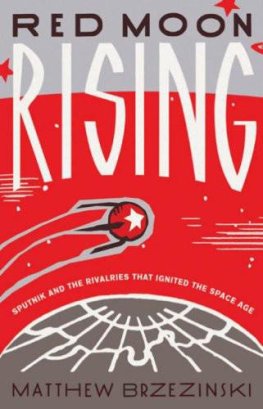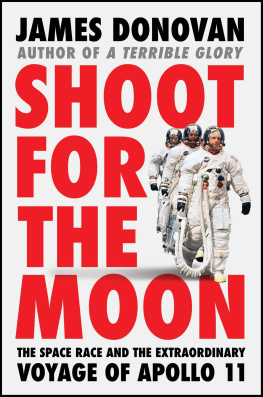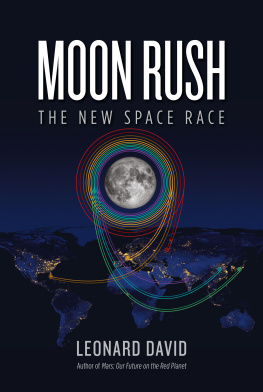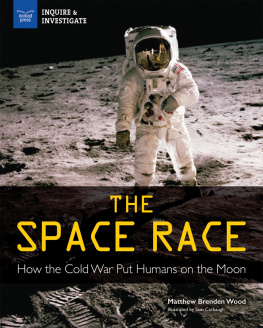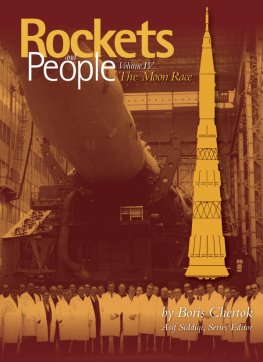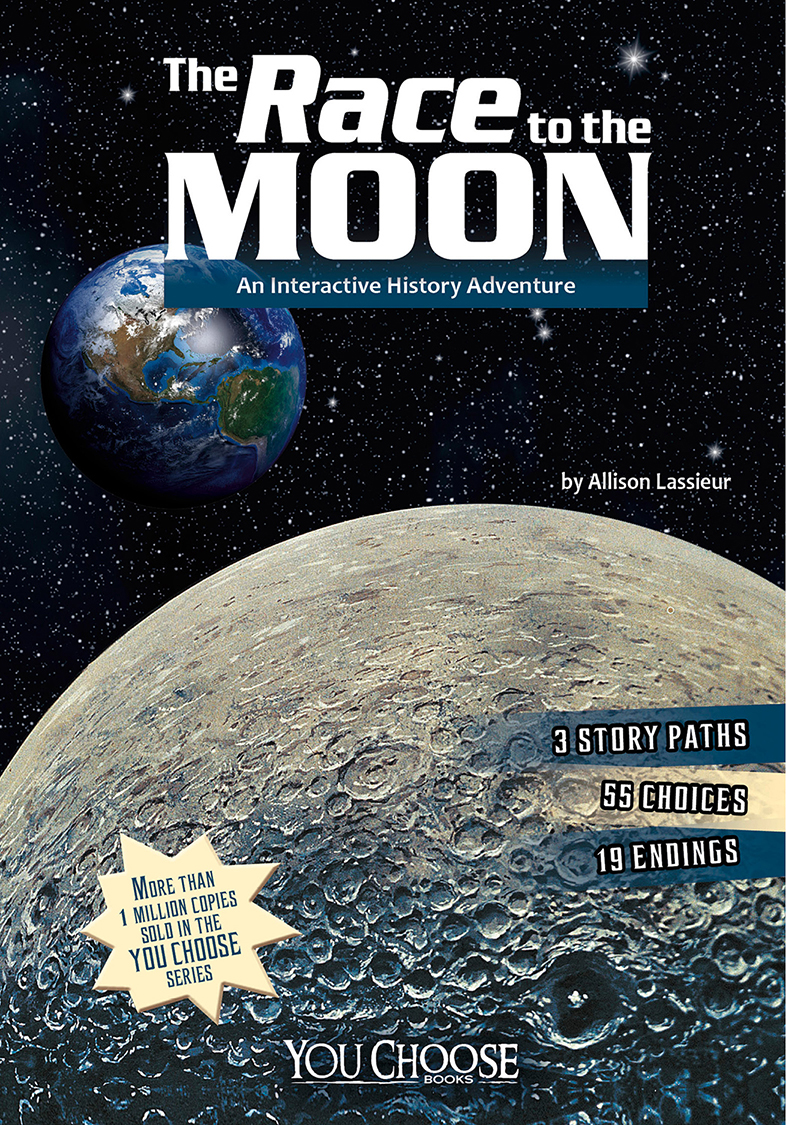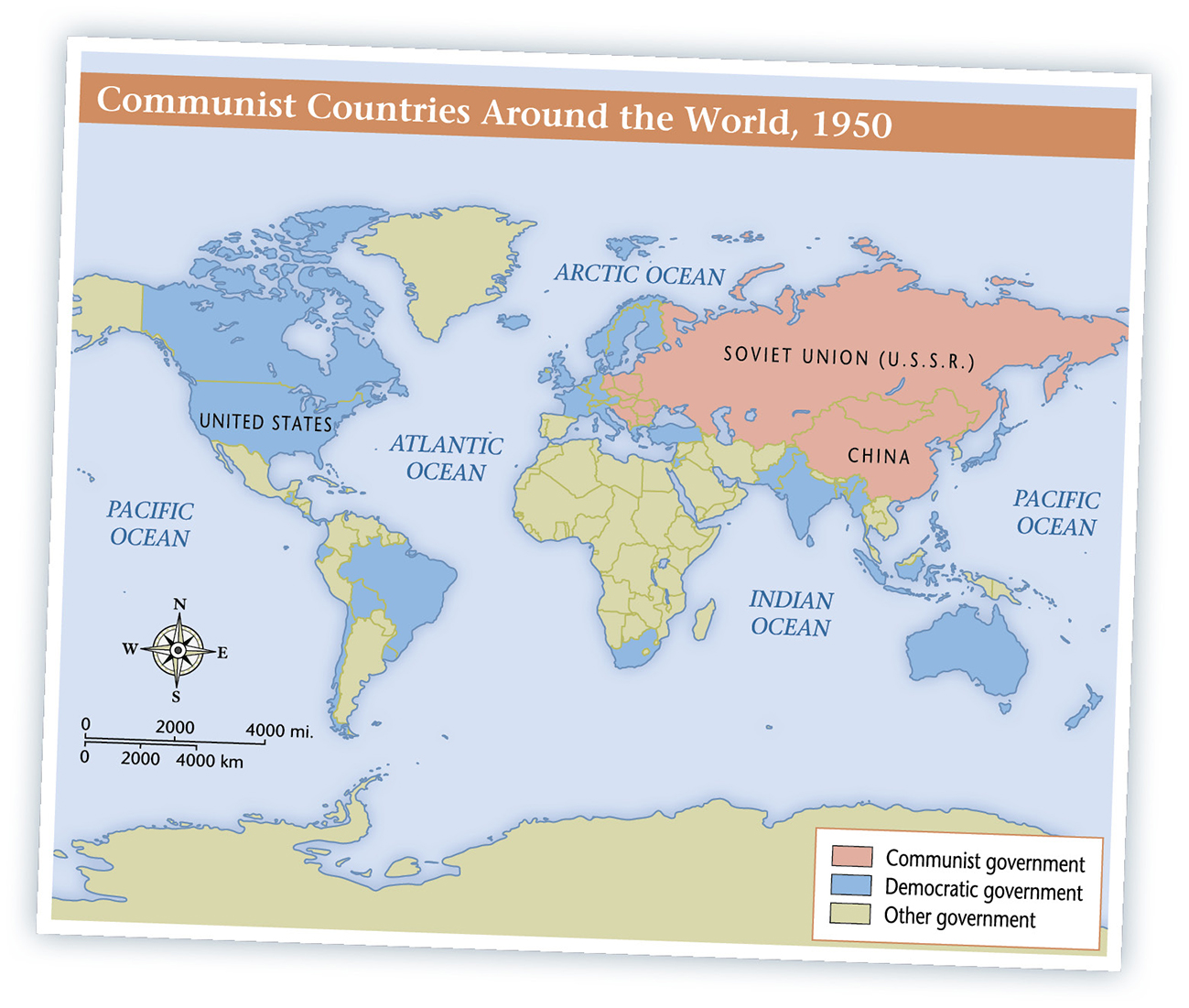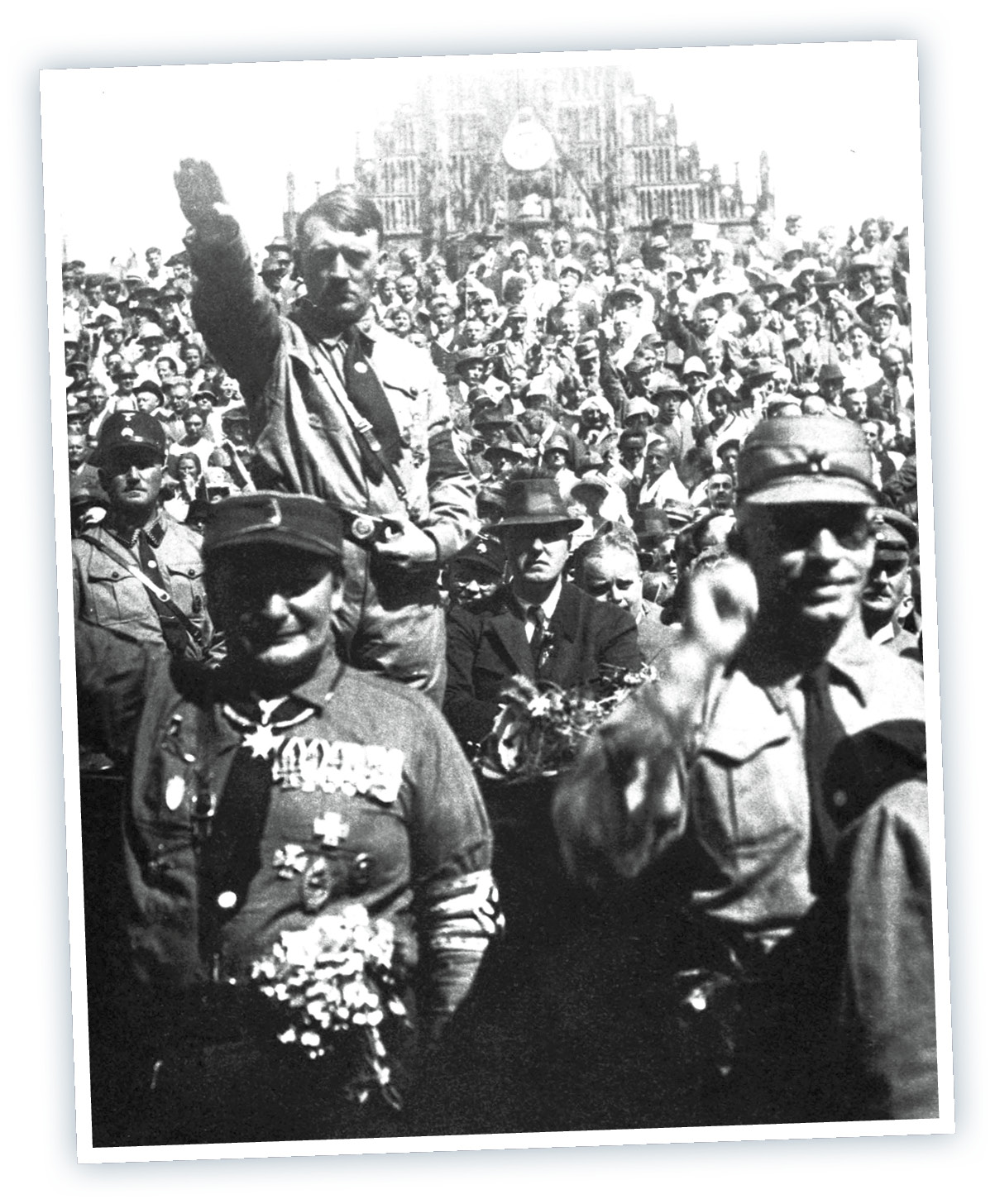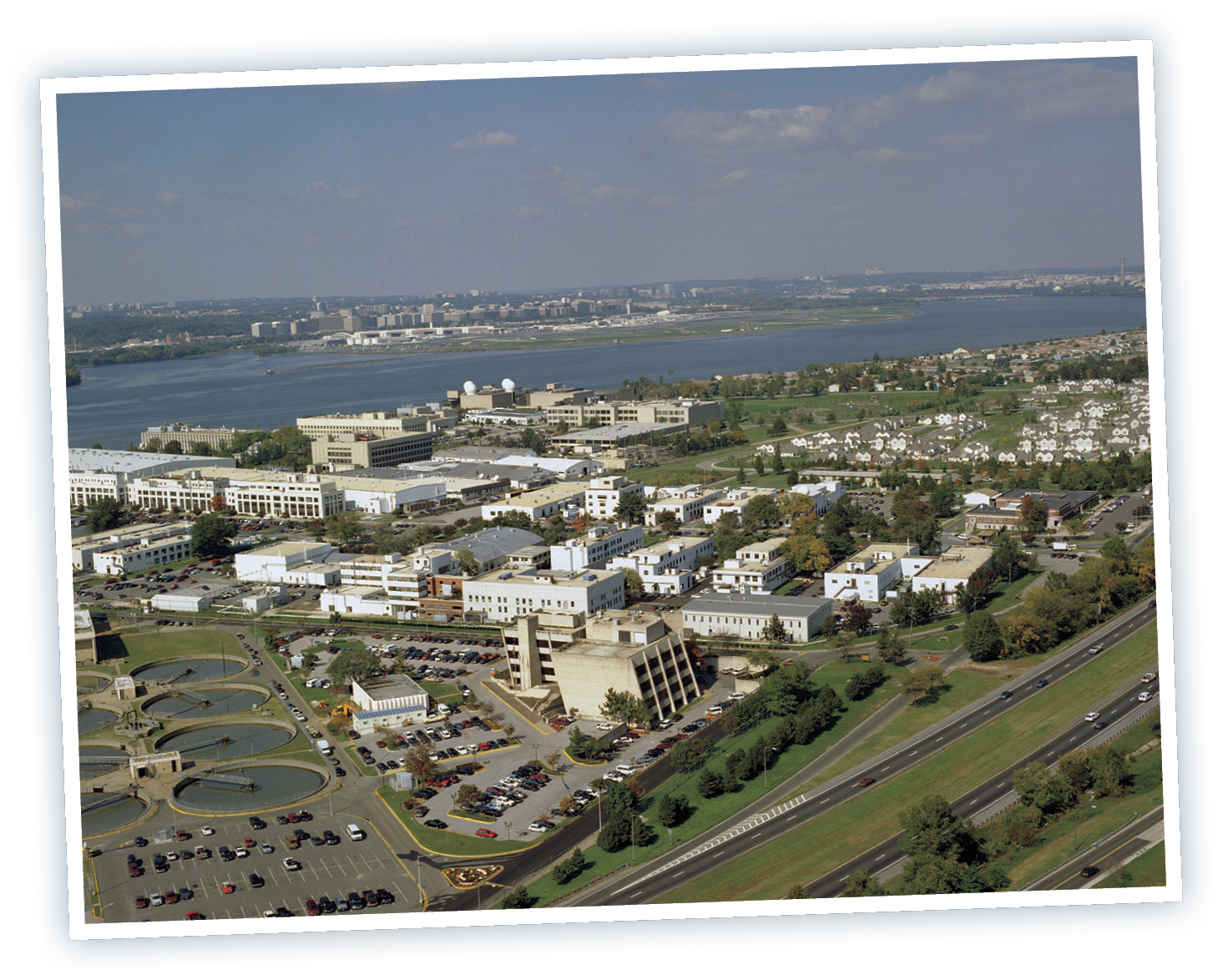For the best You Choose experience,
view in portrait (vertical) orientation.
ABOUT YOUR ADVENTURE
YOU live in an exciting timethe space race. The Soviet Union started the race by , Sputnik. The U.S. launched the satellite Explorer I, and the race was on! Who will win the race to the moon? No one knows.
In this book youll explore how the choices people made led to a moon landing. The events youll experience happened to real people.
Chapter One sets the scene. Then you choose which path to read. Follow the links at the bottom of each page as you read the stories. The decisions you make will change your outcome. After you finish one path, go back and read the others for new perspectives and more adventures. Use your device's back buttons or page navigation to jump back to your last choice.
YOU CHOOSE the path you take through history.
CHAPTER 1
Power Struggle
At the end of World War II, the United States and the Soviet Union were the strongest countries in the world. At first they were friends. But the Soviets started controlling other countries. They thought they had a right to do this.
Many of the countries didnt want to be part of the Soviet Union. So the United States tried to help them fight the Soviets. The Soviet government was furious. It threatened to attack the U.S. A war between the U.S. and the Soviet Union could destroy both countries.
Neither country really wanted to start a war with guns and bombs. But each wanted to show that it was better and stronger than the other. So they fought each other indirectly. They spied on each other. They threatened to drop nuclear bombs on each other. This non-war conflict between the U.S. and the Soviet Union was called the Cold War.
During the Cold War, communist and democratic countries grew increasingly fearful of one another.
The space race began in the middle of the Cold War, which was a time of mistrust and fear. The Soviet Union launched Sputnik 1, the worlds first satellite, in 1957. The news stunned the U.S. Most Americans thought the Soviet Union was a backward country. Sputnik proved them wrong. It also proved that the Soviet Union had rockets that could send a nuclear bomb to the U.S.
The launch of Sputnik was the first leg of the space race.
The space race became a symbolic contest for world power between the two countries. There were no rules in the space race. But there was a goal and there would be a winner. President John F. Kennedy set the goalget a man on the moon by the end of 1969. The space race was on!
Lunar Orbiter 1 took photos of Earth while orbiting the moon in 1966.
CHAPTER 2
Enemies Rocket to Space
The New Mexico desert stretches out in front of your small house. Before you came here from Germany, you had never seen the desert. Back then, in the early 1940s, you were a young scientist working in Peenemnde, Germany. World War II was raging. Adolf Hitler was the leader of Germany. He and his Party launched the war against many European countries. You tried not to think about the terrible things that Germany and the Nazis were doing. Instead you focused on the job in front of you: helping other German scientists build a rocket called the V-2.
Adolf Hitler was in power for 12 years.
When the war ended, you expected to be arrested. To your surprise the Americans invited you to move to the United States. They wanted to build rockets, and they needed the Germans to help them. So you came to the U.S. with hundreds of other German scientists. Thats how you ended up here, at the Army Ordnance Proving Ground test site, building rockets for the U.S. military.
When World War II ended, the Soviet Union and U.S. raced to get as much rocket technology from Germany as they could. The Americans got the V-2 rockets and a lot of scientists. The Soviets got scientists and rocket technology too. Each country is terrified that the other will get rockets into space first.
A V-2 rocket was launched in Germany.
Now its October 4, 1957, and something seems to have happened. You head to the administration building. Scientists are standing around a radio.
What is it? you ask. No one says anything. A strange, steady BEEP BEEP BEEP comes from the radio.
That, gentlemen, is Sputnik, one scientist says. Sputnik is a satellite. At this very moment, Sputnik is Earth. That beep is Sputniks signal. The Soviets have beat us into space.
Everyone knew the Soviets were close to a rocket launch. But no one realized how close. The U.S. is still months away from a similar launch. Your boss speaks up.
The U.S. is almost ready to launch our own rocket, he says. Weve got two rocket programs. As you know, the Vanguard program has been going for a few years. Another program, the Explorer program, is about to get started. We need scientists for both programs, NOW.
Almost before you know whats happening, youre relocated to the Naval Research Laboratory in Washington, D.C. The Vanguard program was started here in 1955. Its goal is to design and build a satellite, develop a rocket to launch it, and to track the satellite once it is in orbit. Even though there have been several successful test launches, the project has had a lot of problems. Several test rockets have exploded. The hope now is that the next one, TV3, will make it to space.
Naval Research Laboratory in Washington, D.C.
The mood here is fearful, just like it was in New Mexico. If the Soviets can launch a satellite, they could attack the U.S. with nuclear missiles. The only way to fight the threat is to get an American rocket into space. Now everyone is working overtime to get Vanguard to launch.
The TV3 launch is scheduled for December 6, 1957. You can stay at the lab to watch the launch. Or you can go to Cape Canaveral, Florida, to see the launch in person.
Launch day is bright and clear. Television cameras are recording the event. This is a huge moment in the space race. If the TV3 is successful, the U.S. will finally have a satellite in space!



